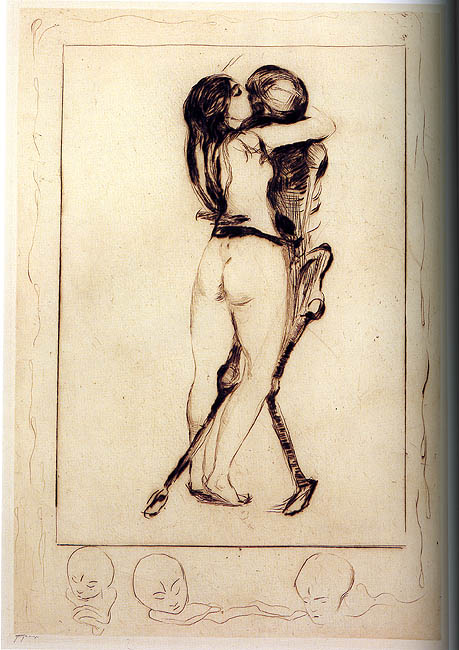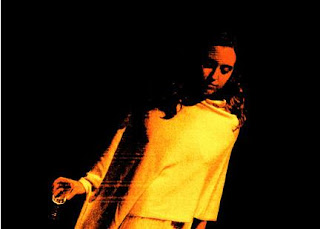
Brian Wildsmith is a children's book illustrator. The below book, Squirrels, is the one that I grew up with because my Nana Beryl sent it to me when I was little. Wildsmith was raised in a small mining village in England, where he said, "Everything was grey. There wasn't any colour. It was all up to my imagination. I had to draw in my head..."

Animals feature prominently in his illustrations, and he says this is because he "once had a blind dog that was mothered by a neighborhood dog. I was quite impressed by this and learned that animals show a great deal of compassion for one another. When I paint animals, I imagine them as a child would. I want children to make personal connections to the animals in my books."
He has his own museum of art in Japan, aptly named the Brian Wildsmith Museum of Art. Wildsmith's message on the museum's website reads:
"It is the very greatest honors for an artist to have during his lifetime, a museum dedicated to his art and bearing his name. I am indeed proud that this distinction has been given to me and my work. The arts have always hold a high place in Japanese life. Their love of beauty, and wonder of the world around them has been constantly passed on to their children in a never ending circle. My life has been dedicated to producing picture books for children, which I hope reflect this love, helping them to observe, comprehend and appreciate the wondrous world that they have been born into. I want to help them climb the mountain of life and reach the peak of enlightenment and fulfillment. This is the basic right of every child born on the our earth."
What a cute little man.


Wildsmith just finished an exhibition at the Illustration Cupboard.

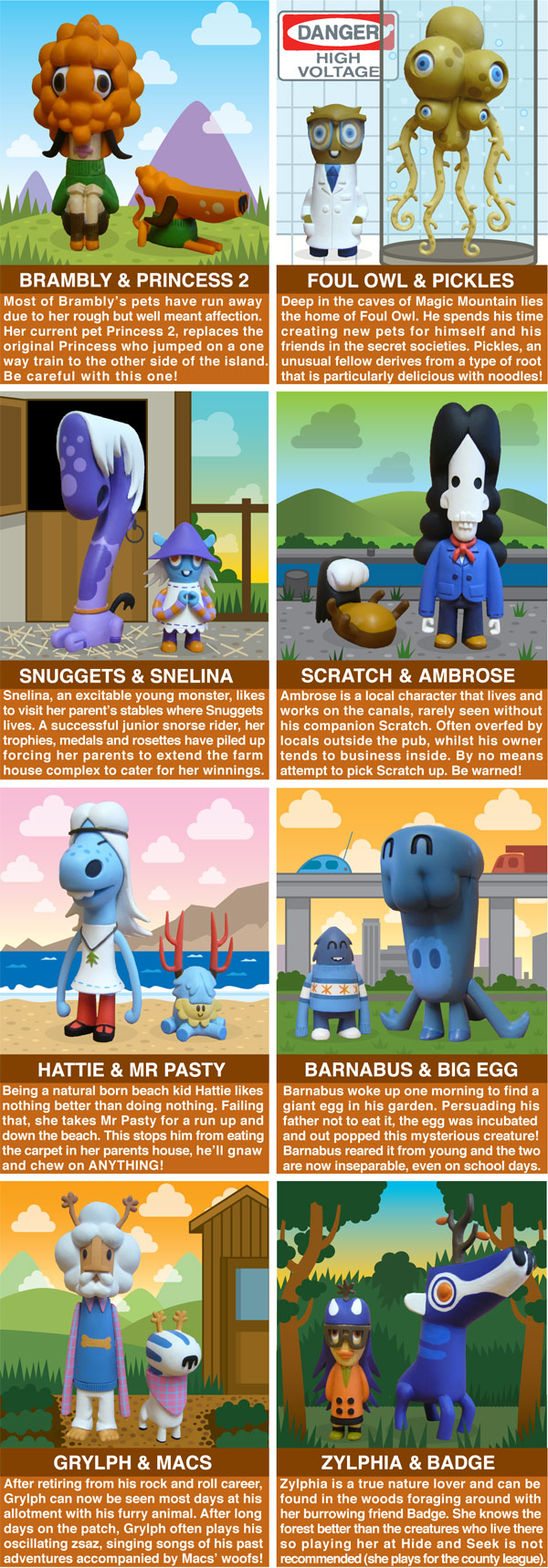

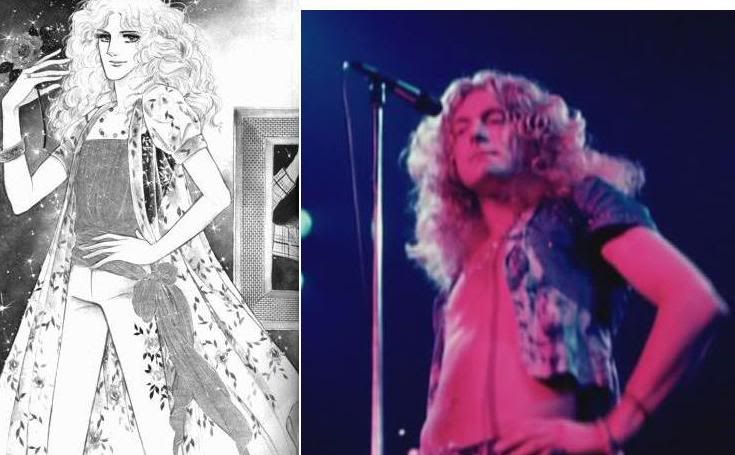








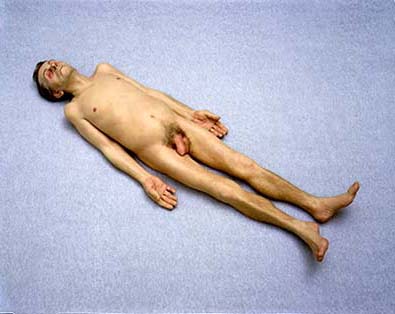
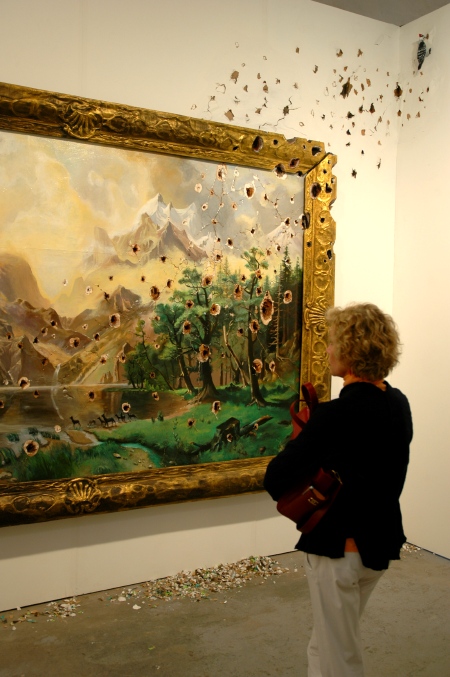
)







